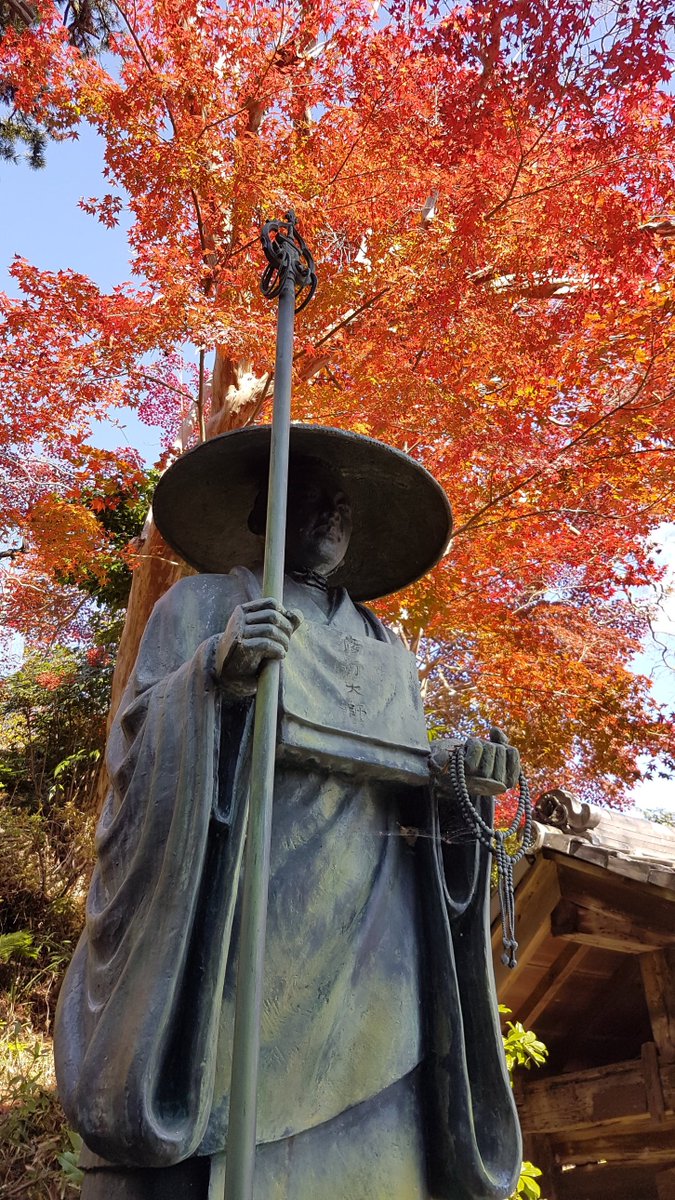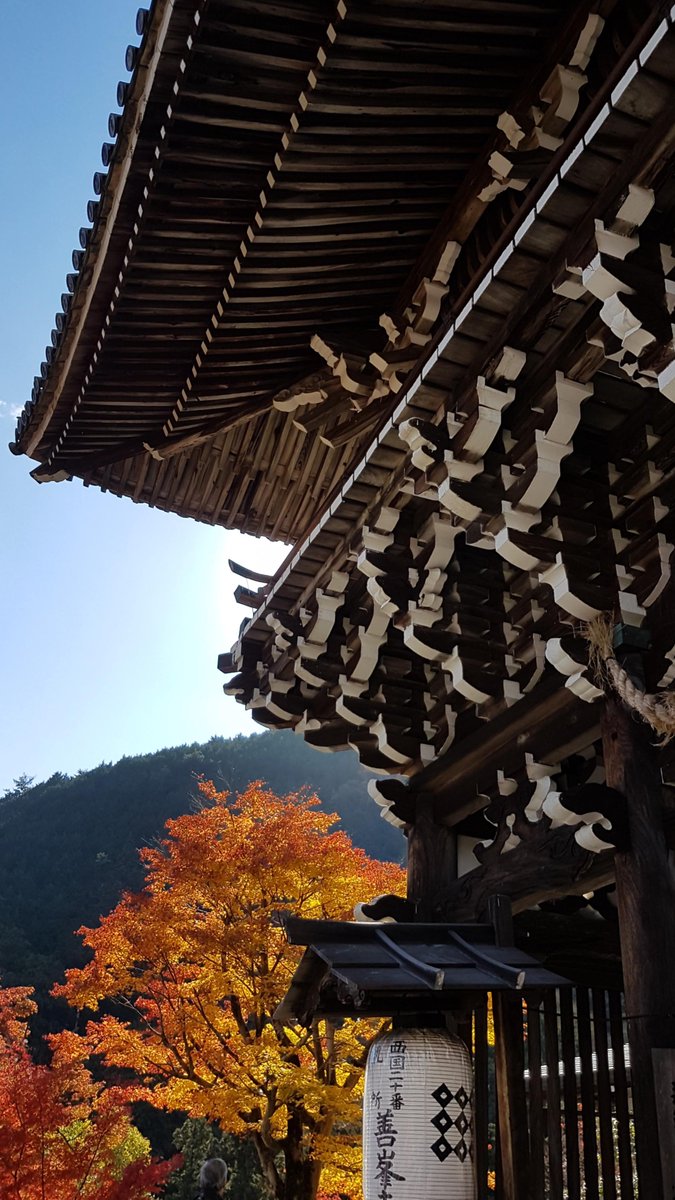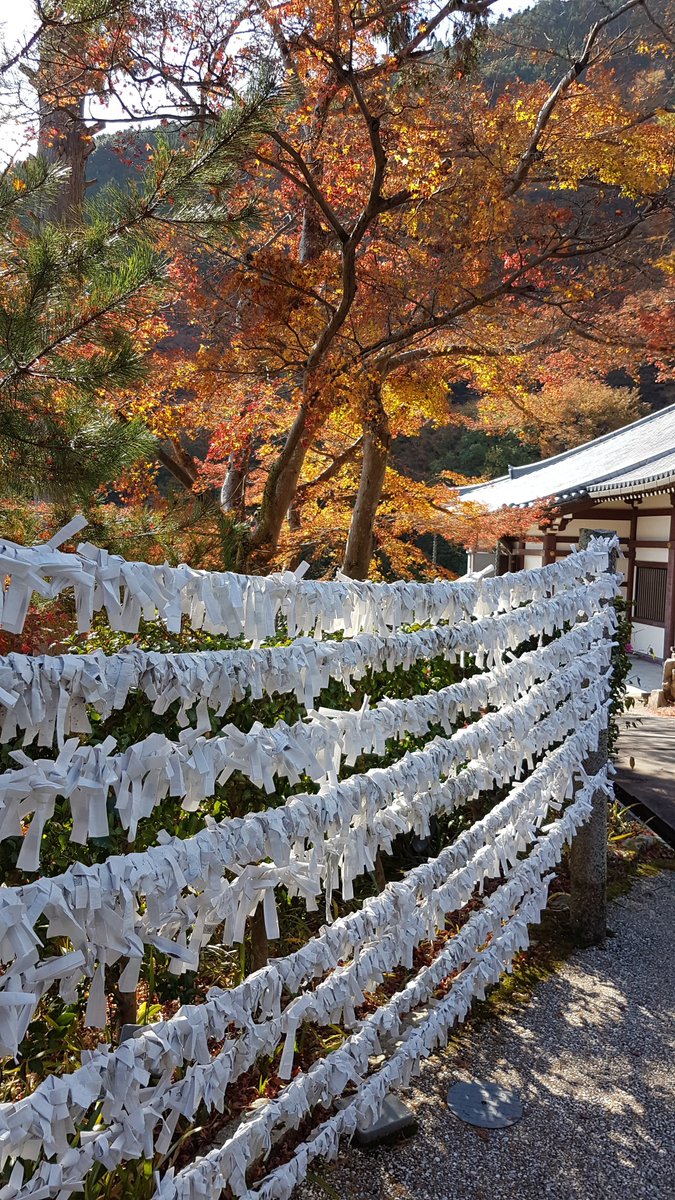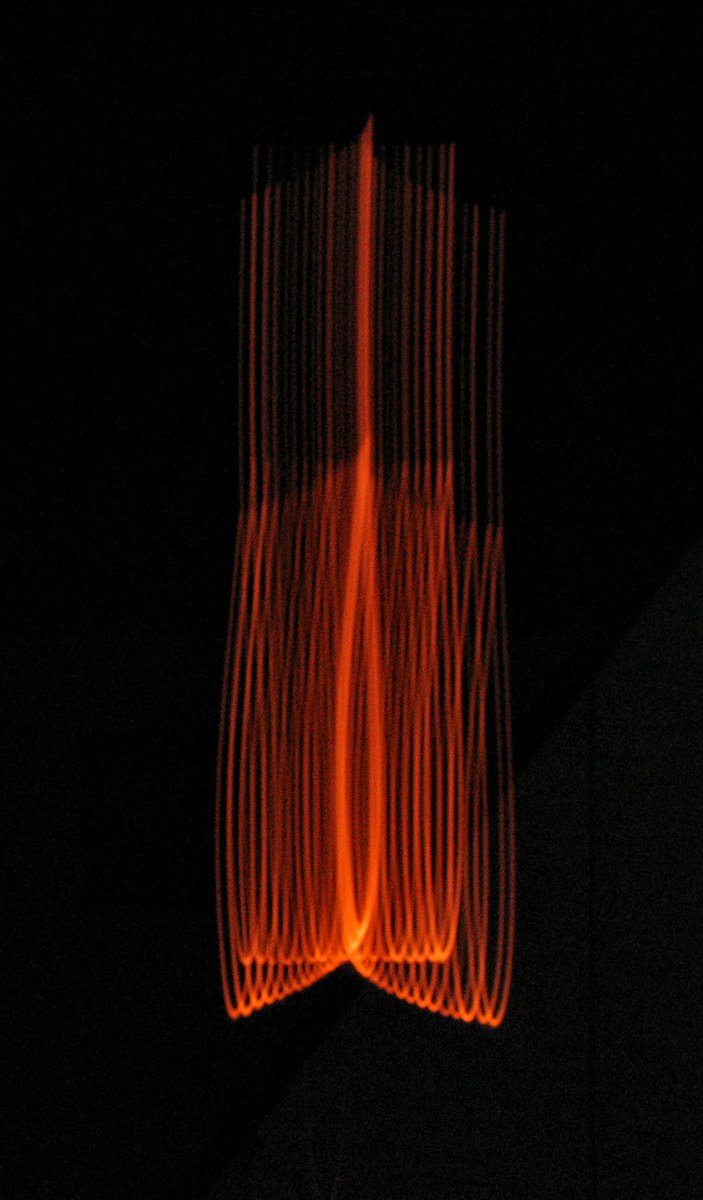THE JEWEL OF LAKE BIWA-
Chikubushima (竹生島), a tiny island on Lake Biwa (琵琶湖), is home to Tsukubusuma-jinja (都久夫須麻神社) & Hogon-ji (宝厳寺), 1 of Japan's 3 great Benzaiten (弁才天) Shrines.
It is believed Benzaiten's first steps on Earth were here.
-1-
#Shiga #Japan



Chikubushima (竹生島), a tiny island on Lake Biwa (琵琶湖), is home to Tsukubusuma-jinja (都久夫須麻神社) & Hogon-ji (宝厳寺), 1 of Japan's 3 great Benzaiten (弁才天) Shrines.
It is believed Benzaiten's first steps on Earth were here.
-1-
#Shiga #Japan




Benzaiten, as goddess of 'all that flows', is often enshrined close to water.
Hogon-ji's statue of Benzaiten is one of the most celebrated in Japan. Created in 1565, unusually the goddess is depicted with 8 arms, each carrying an object that confirms her power & divinity. -2-
Hogon-ji's statue of Benzaiten is one of the most celebrated in Japan. Created in 1565, unusually the goddess is depicted with 8 arms, each carrying an object that confirms her power & divinity. -2-

In the distant past, two mountains in Northern Shiga argued over which was tallest. Mt Ibuki (伊吹山) became so angry that he drew a sword & sliced the peak from his rival. The piece flew into Lake Biwa to become Chikubushima. Thus Ibuki-yama became Shiga's highest mountain. -3- 







Chikubu-shima's (竹生島) Tsukubusuma-jinja (都久夫須麻神社) was founded in 420 to enshrine Asaihime (浅井姫命), deity of Mt Asai (浅井山). Tatamihiko (多多美彦), god of Mt. Ibuki (伊吹山), cut off Asaihime's head which formed Chikubu Island.
-4-
#Chikubushima #竹生島 #Shiga



-4-
#Chikubushima #竹生島 #Shiga




Snakes, rather than Komainu, guard Tsukubusuma-jinja (都久夫須麻神社). The river goddess Benzaiten is closely associated with dragons & serpents. Snakes are known to act as her messengers. -5-
cool air-
admiring the pine
the shrine's snake
涼しさや松見ておはす神の蛇
-小林一茶


cool air-
admiring the pine
the shrine's snake
涼しさや松見ておはす神の蛇
-小林一茶



The shrine is an architectural treasure trove: Toyotomi Hideyoshi's flagship, the Nihon-maru (日本丸), was recycled to form the bridge-corridor 'Funayagura' (舟廊下), and the main hall was originally part of the (visiting) Emperor's quarters at Fushimi Castle (伏見城).
-6-



-6-


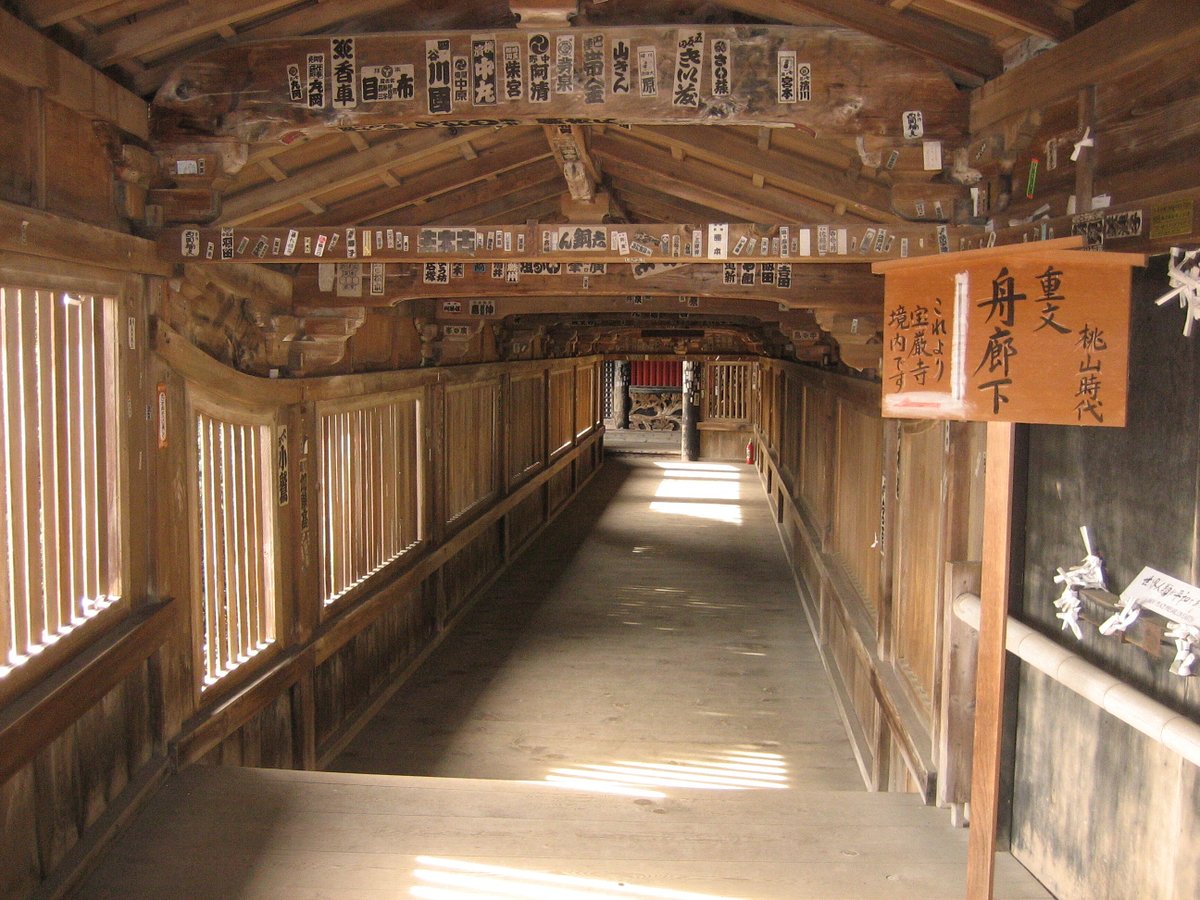

In 724 the monk Gyoki established Hogon-ji (宝厳寺) for Emperor Shomu (聖武天皇 701-56), who dreamed the goddess Amaterasu promised him peace & bountiful harvests if he worshiped Benzaiten (弁才天) at her home on Chikubushima (竹生島).
-7-
#Shiga #Hogonji #宝厳寺 #Chikubushima



-7-
#Shiga #Hogonji #宝厳寺 #Chikubushima




In 1602 Tsukubusuma-jinja (都久夫須麻神社) & Hogon-ji (宝厳寺) were renovated with pieces taken from Toyokuni Shrine (豊国神社) in Kyoto. The Tokugawa dismantled Toyotomi Hideyoshi's (豊臣秀吉) Mausoleum as a show of power, donating the many buildings. -8-
#Shiga #Japan #LakeBiwa



#Shiga #Japan #LakeBiwa




• • •
Missing some Tweet in this thread? You can try to
force a refresh






